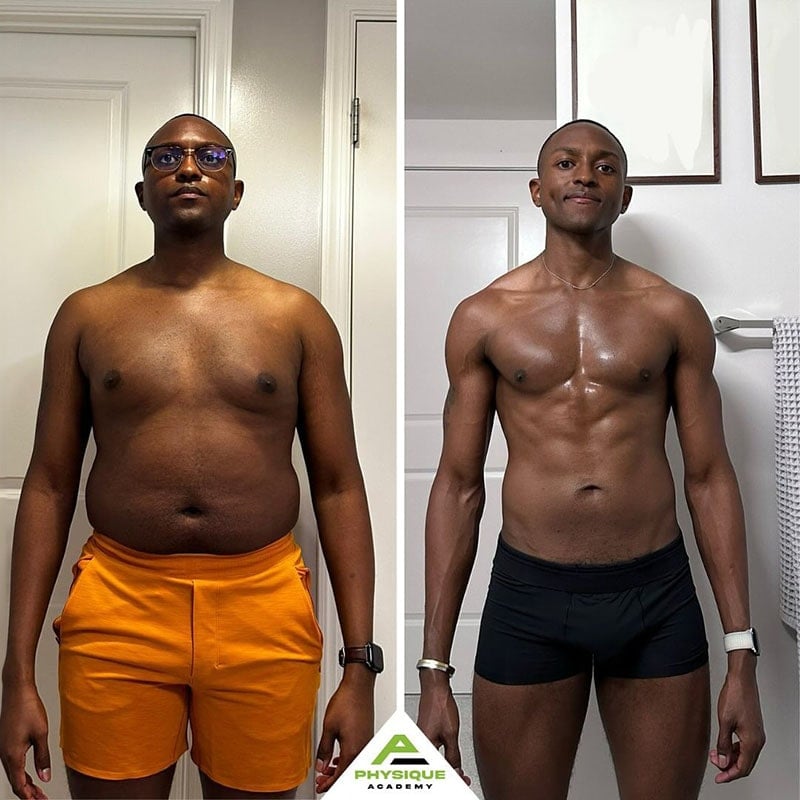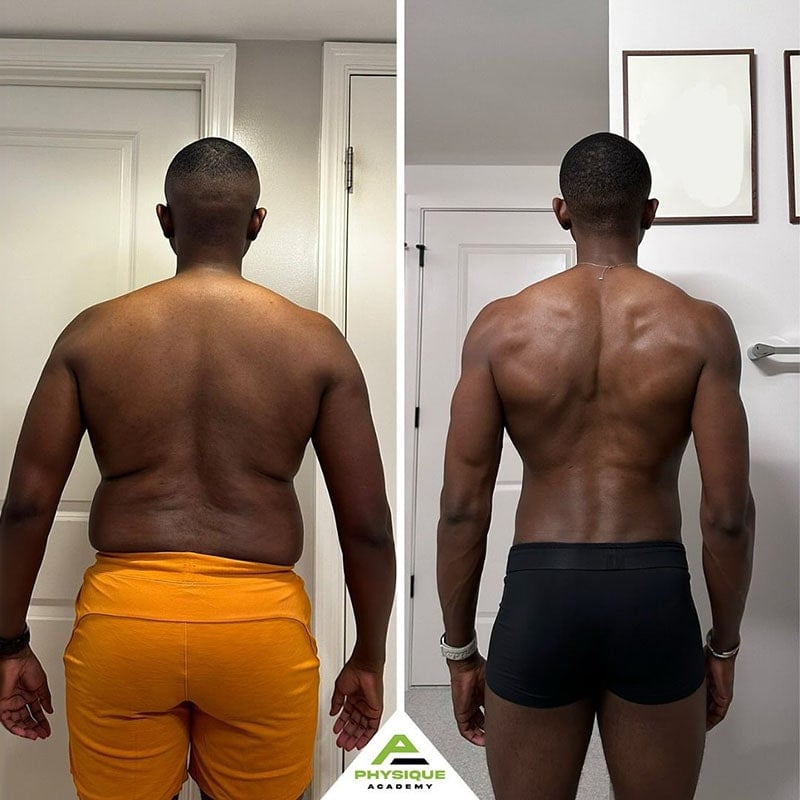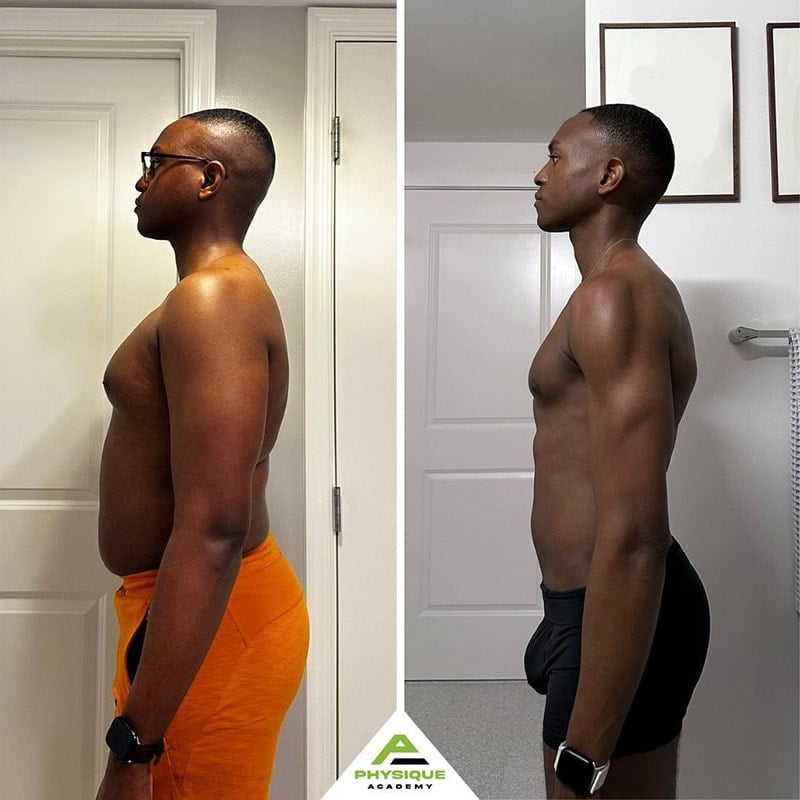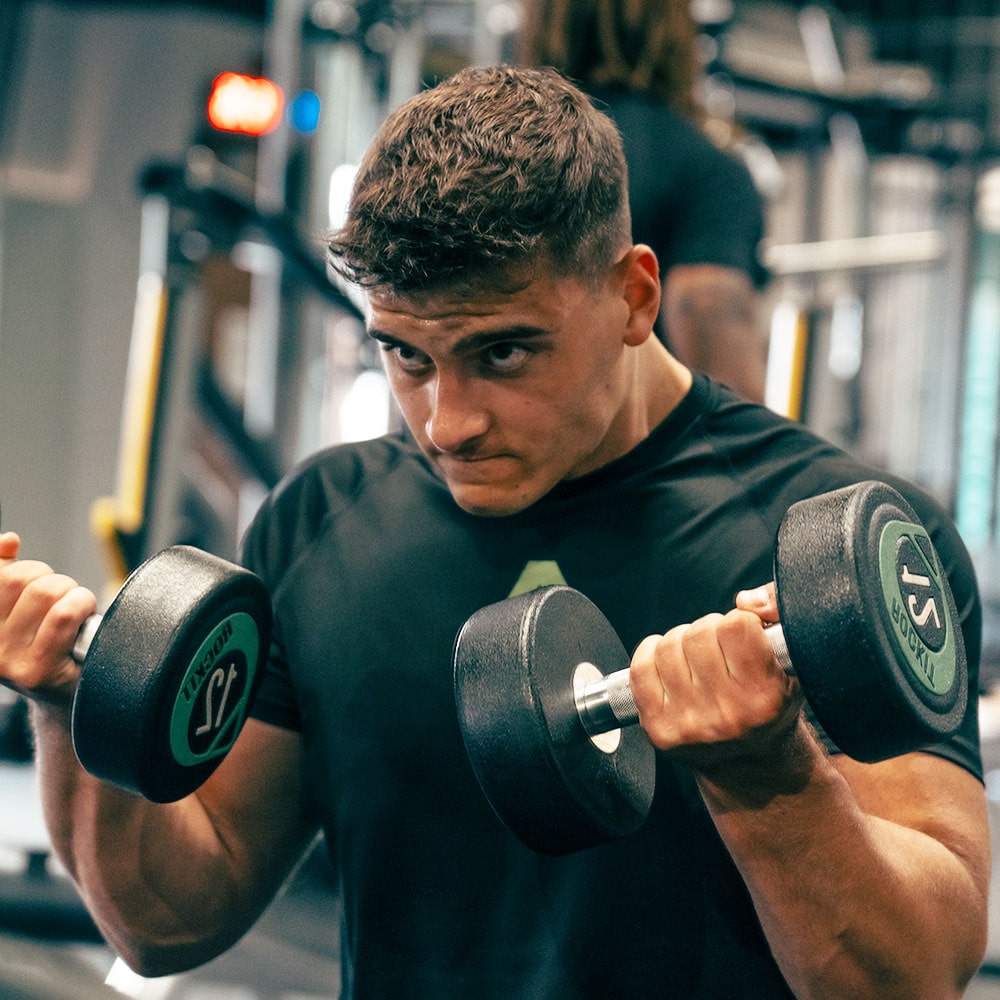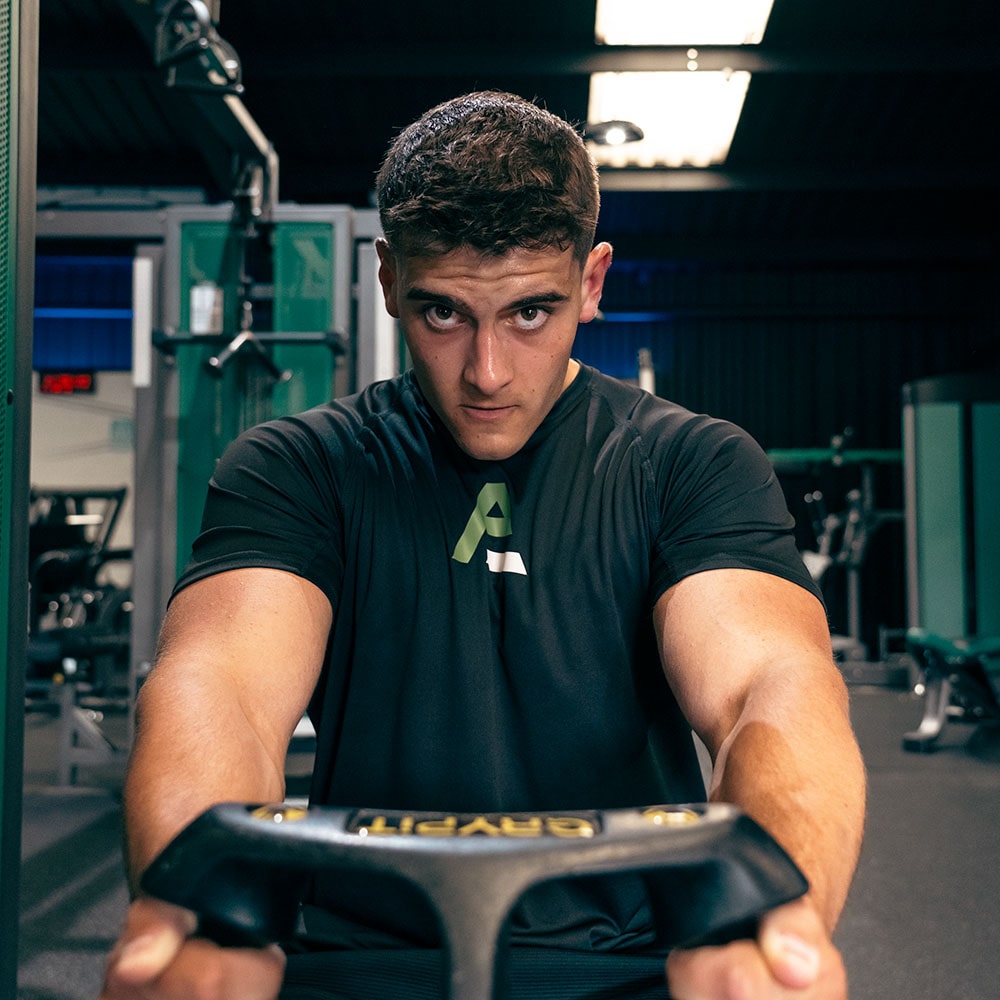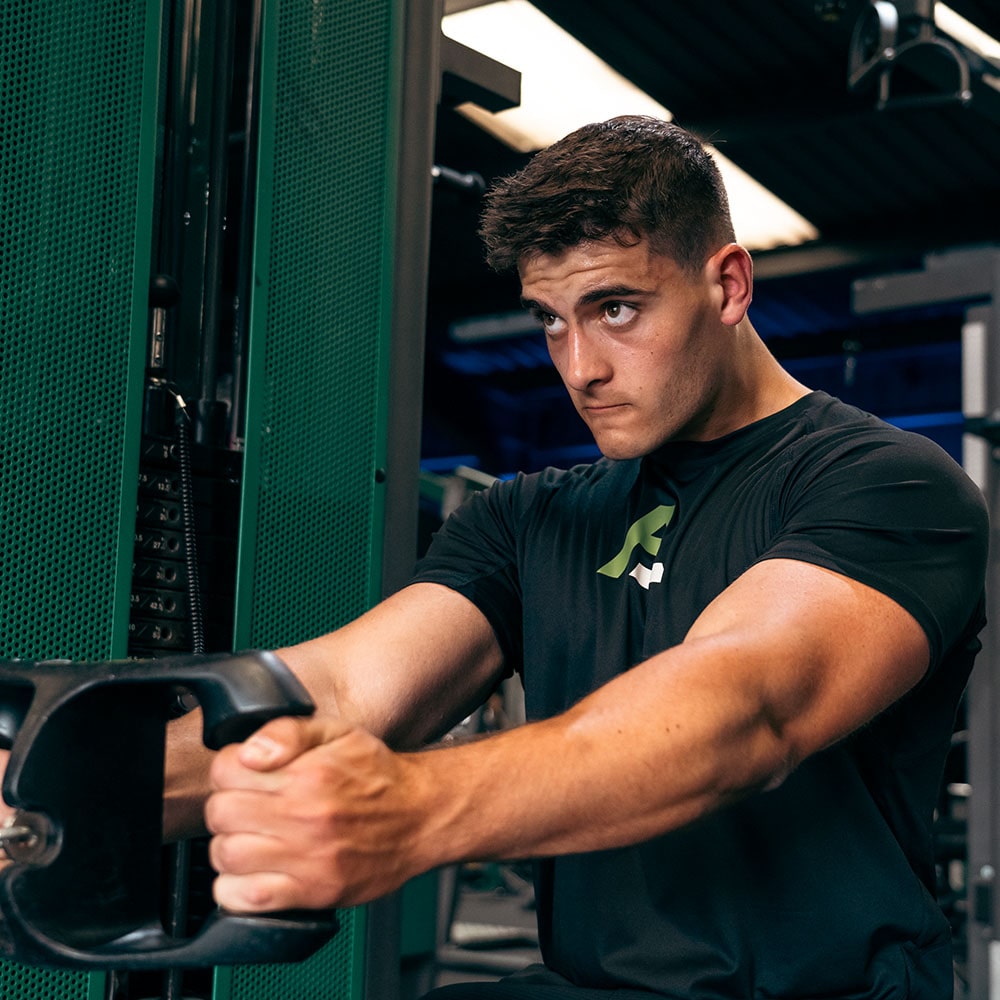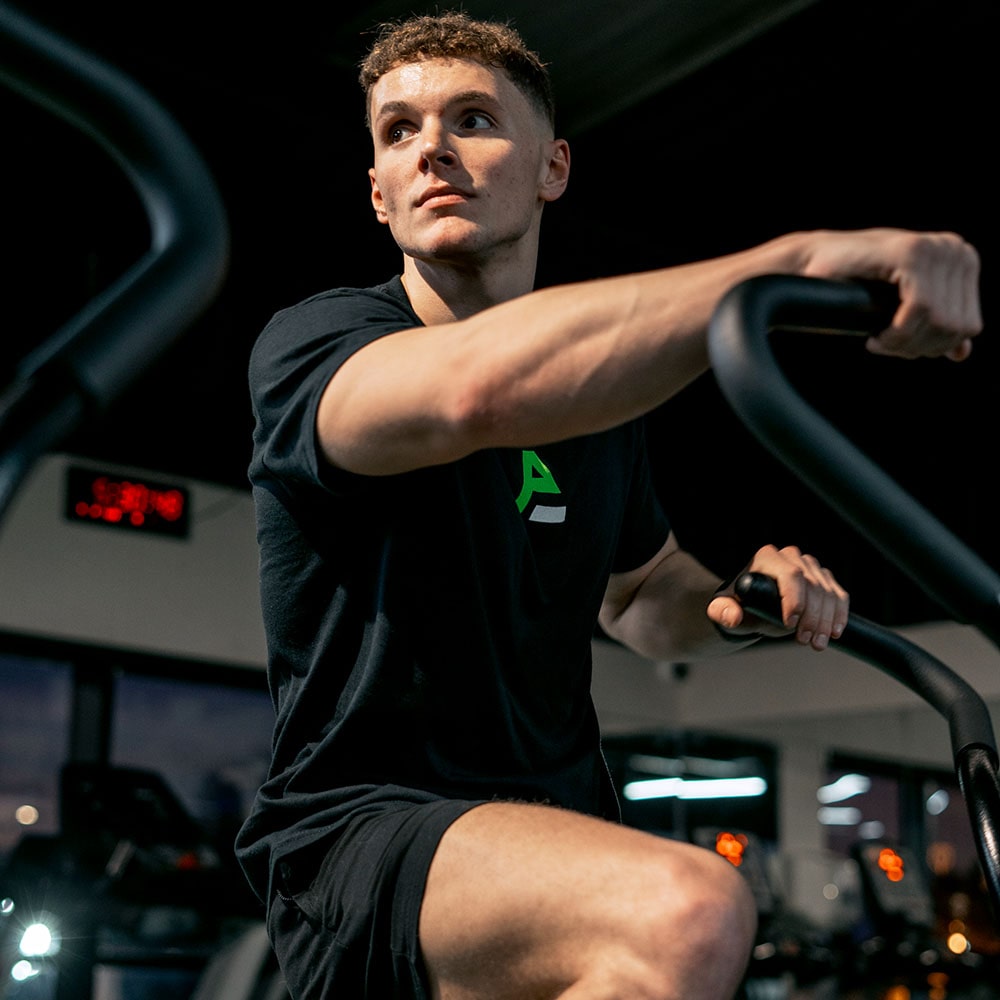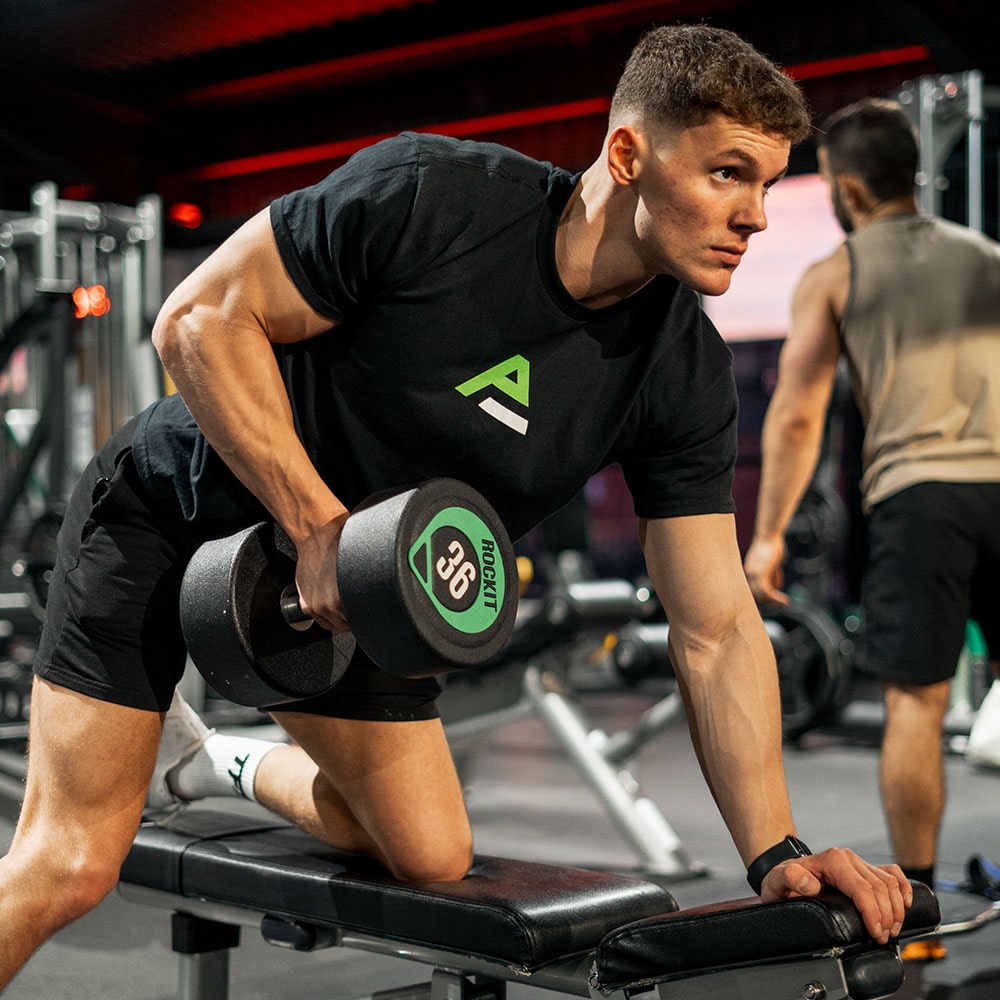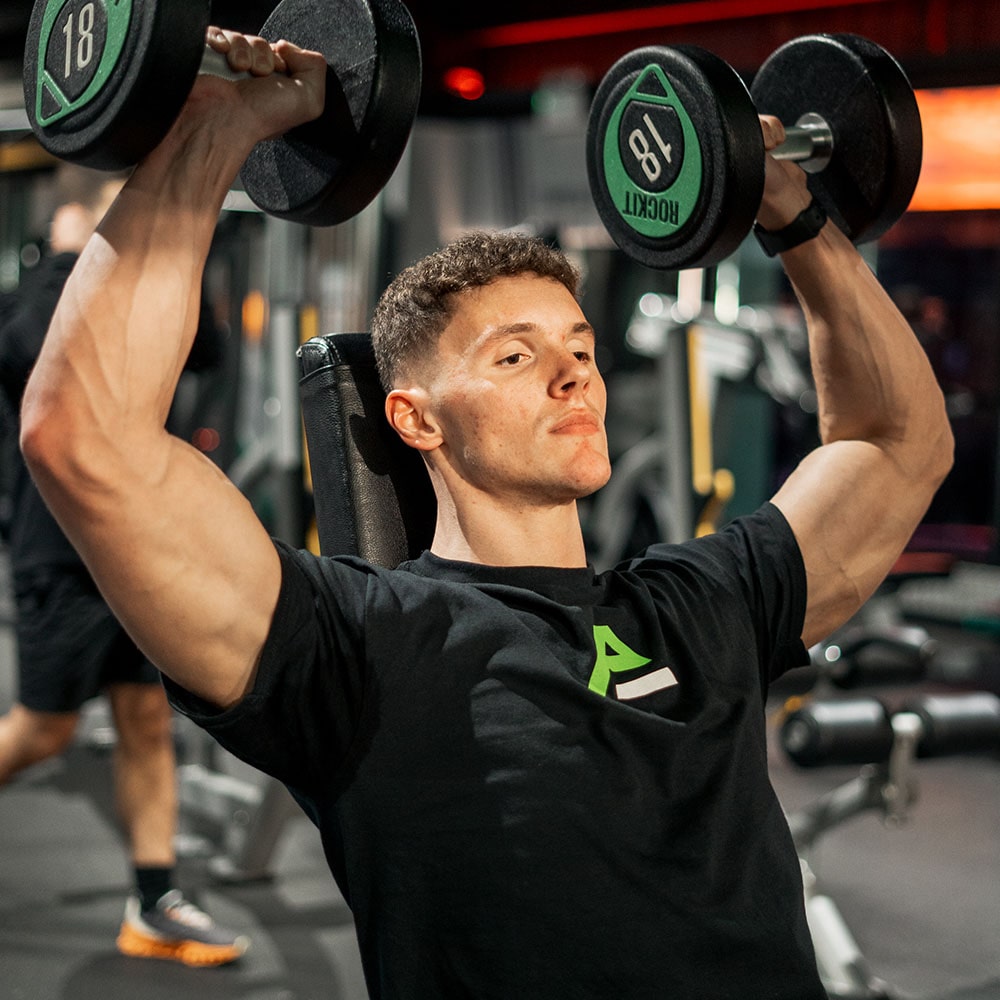WORKOUT 1
Legs - Phase 1
Lying hamstring curls 15,12,10
Leg extensions 15,12,10
Leg press 15,20,30,40
Barbell back squats 10,8,6
Smith machine Bulgarian split squats 15,12,10 (each leg)
Phase 2
Assault bike destruction
Min 1 = Assault bike x8cal + 1 BB push press
Min 2 = Assault bike x8cal + 2 BB push press
Min 3 = Assault bike x8cal + 3 BB push press
Min 4 = Assault bike x8cal + 4 BB push press
NOTES: Add one more rep of Barbell push press each minute untill you run out of time and can’t successfully complete the round before the minute ends. Weight: Barbell @60kg
WORKOUT 2
Push Phase 1
Flat db bench 10,8,6
Seated ISO shoulder press machine 12,10,8
Seated chest press machine 12,10,8
Cable single arm side raises 20,15,10
Weighted Tricep dips 12,10,8
Tricep behind the head extensions 20,15,10
Phase 2
-5 rounds
BB push press 12
BB hang clean 12
Box over burpees 12
T2B 12
-4 rounds
BB push press 8
BB hang clean 8
Box over burpees 8
T2B 8
-3 rounds
BB push press 10
BB hang clean 10
Box over burpees 10
T2B 12
-2 rounds
BB push press 12
BB hang clean 12
Box over burpees 12
T2B 12
WORKOUT 3
Phase 1
Lat pull downs neutral grip 15,12,10
BB Deadlifts 10,8,6
Seated back row machine 12,10,8
Single arm db rows 10,8,6
Rear DB fly’s 15,12,10,8
Ez bar curls 15,12,10,8
Db hammer curls 15,12,10,8 (each arm)
Phase 2
Row & Burpee TAPOUT
Min 1 = row x9cal + 1 burpee
Min 2 = row x9cal + 2 burpee
Min 3 = row x9cal + 3 burpee
Min 4 = row x9cal + 4 burpee
NOTES: Add one more rep of burpees each minute untill you run out of time and can’t successfully complete the round before the minute ends
WORKOUT 4
Phase 1
Warm up 150cal Assault bike (Zone 2)
Phase 2
For time:
750 Row
10 BB hang clean @50kg
15 Burpee Box Jump Overs
20 BB hang clean
15 Burpee Box Jump Overs
30 BB Hang clean
500 Row
10 BB OH squat @50kg
15 Burpee Box Jump Overs
20 BB OH squat
15 Burpee Box Jump Overs
30 BB OH squat
250m Row
WORKOUT 5
Arms - Phase 2
Db seated bicep curls 15,12,10
Bicep preacher curl machine 15,12,10
Tricep over head ez bar cable extensions 15,12,10
Tricep close grip bench 15,12,10
Cable lying ez bar bicep curls 15,12,10
Tricep EZ bar push downs 15,12,10
Phase 2
11km Run Zone 2










